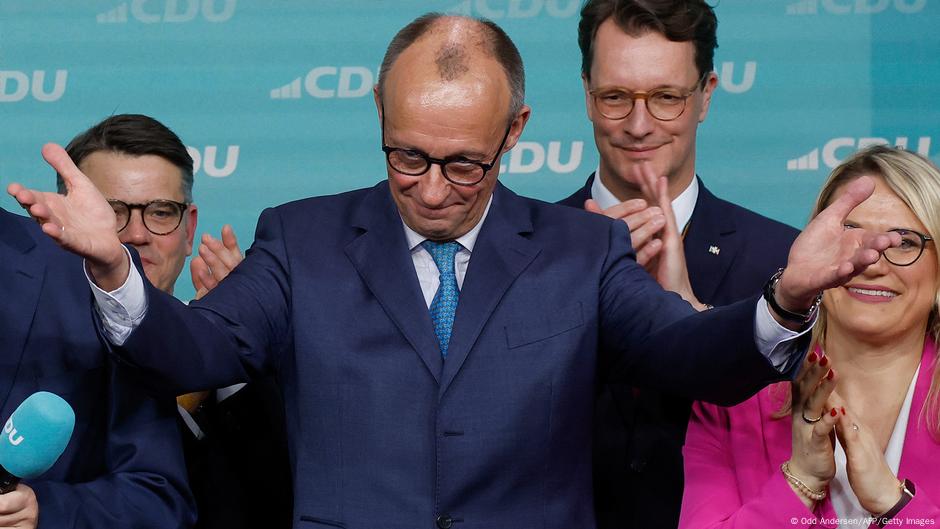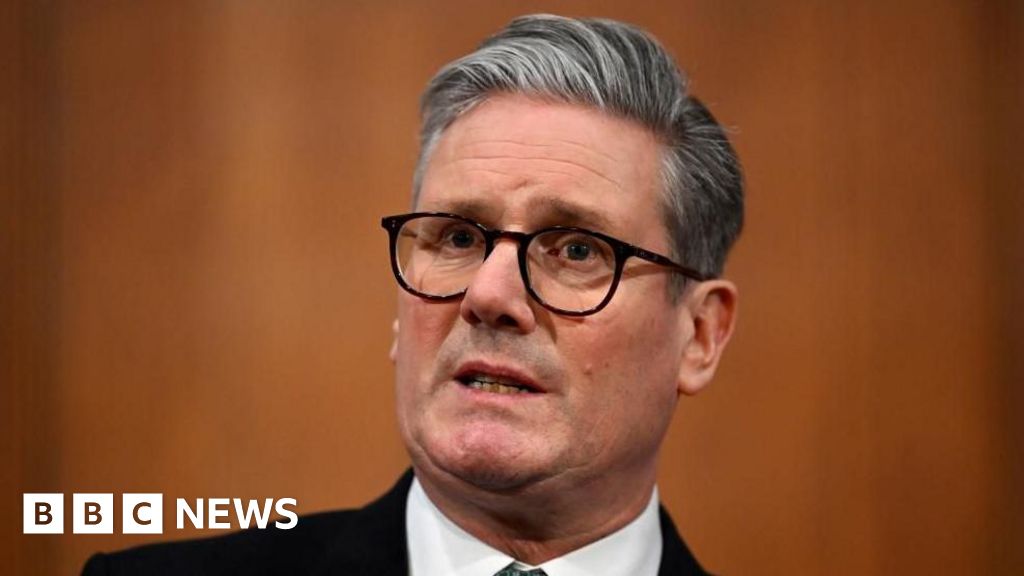
As the votes continue to be counted, analysts are beginning to speculate on the potential future ruling coalition in Germany.
To establish a government, a minimum of 316 seats out of the 630 available in the Bundestag is required.
A coalition between the CDU and the AfD could theoretically occur since both parties combined exceed this threshold, totaling 358 seats. However, Friedrich Merz, the leader of the conservative CDU, has dismissed this option outright.
This scenario leaves Olaf Scholz’s SPD as a likely coalition partner. Together with the CDU, they could achieve a slim majority of 328 seats. If the CDU were to include the Greens in their coalition, the total would rise to 416 seats. Yet, the CDU’s junior partner, the CSU, has consistently ruled out the possibility of collaborating with the Greens.
In theory, the CDU could also consider forming a three-party coalition that includes the SPD and the Left party, but such an arrangement is improbable due to significant ideological divides between the conservatives and the far-left factions.
Before the election, there was discussion among some politicians about the idea of a leftist coalition comprising the SPD, the Greens, and the Left party. However, collectively, they fall short of the necessary 316 seats.
Ultimately, without the CDU, no viable coalition exists, and given the strained relations between the CDU and both the Greens and the Left, the SPD seems to be the only feasible coalition partner. The remaining question is whether the SPD will agree to a partnership with the CDU once again, similar to their collaboration with Angela Merkel in the previous “Grand Coalition.”









